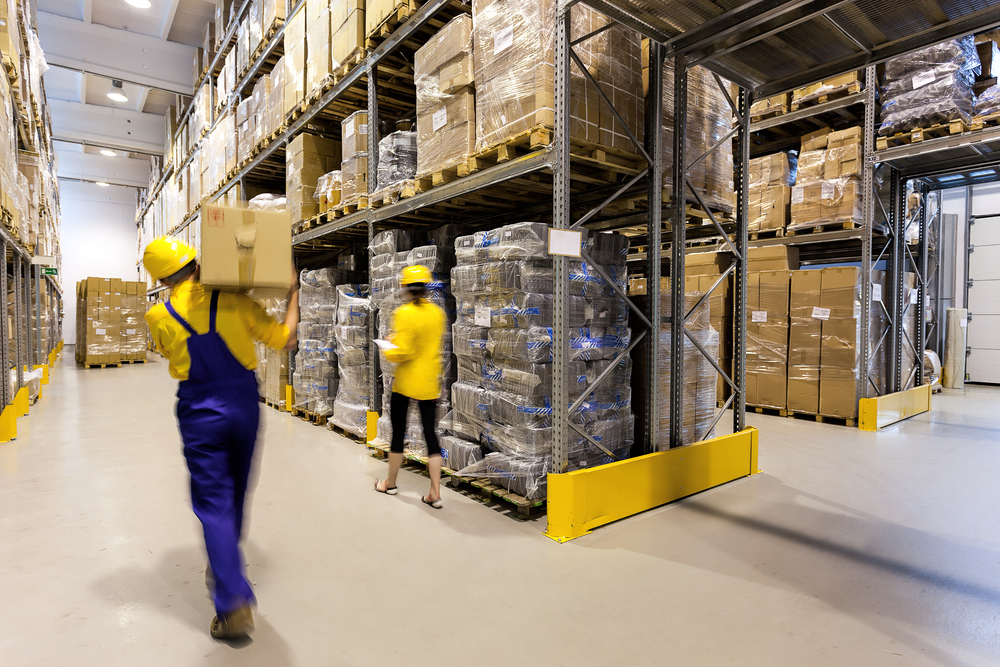Food recalls in the UK are on the rise. According to law firm RPC, recalls of unsafe foods jumped by 40% in 2017/18 and the Food Standards Agency (FSA) reported that there was a 36% increase in food and allergen alerts in England, Wales and Northern Ireland between 1 April 2018 and 31 March 2019. Allergy alerts had increased by 28% while food alerts were up by 52%.
What does this suggest? That better technology may be needed to improve visibility and traceability. Here are some benefits of Lot tracking in relation to reducing the frequency and impact of product recalls.
- Ensures fast, effective and accurate recalls
- Improves quality and safety
- Optimises inventory usage
- Improves visibility over suppliers
- Ensures products are compliant with regulations
1. Ensures fast, effective and accurate recalls
Food and drink recalls are bad news for both consumers and companies.
For consumers, there’s the risk that you might have accidentally consumed a product that could be harmful. For companies (such as manufacturers and retailers), there’s the risk of damaging your brand image and reputation, from which you may struggle to recover.
The best approach is to follow an effective traceability process from the very beginning - which could prevent a recall situation from happening in the first place. But sometimes, you might be following all the best practices and have robust processes in place but a recall is still required.
.jpg?width=5184&name=shutterstock_144468547%20(1).jpg)
If this is the case, the next best approach is to ensure a fast, effective and accurate recall. A response at lightning speed could make or break the confidence of your trading partners, regulatory bodies and your customers.
Lot tracking makes that possible as it collects each ‘Lot’ into an identifiable unit, along with a unique ID number. This makes it much easier to quickly identify every potentially defective product within the batch, track them and pull them from the market.
It also means recalls are more effective. For example, you won’t need to pull your whole product range from the markets which means you can better manage the costs associated with a recall.
2. Improves quality and safety
Consumers are becoming increasingly concerned with knowing the origins of the ingredients in their foods. It’s often difficult to meet this demand if you don’t have visibility over your supply chain (even more challenging if you manage a global supply chain).
Lot tracking ensures you can find out exactly where every ingredient, every piece of raw material came from. This then means food businesses can ensure goods that were manufactured using ingredients that meet quality and safety standards. And consumers can feel confident about the products - boosting their satisfaction.
3. Optimises inventory usage
Many ingredients are ‘natural’, fresh foods so they can go off - but at different times. Lot tracking ensures you can use older inventory first to prevent spoilage and optimise overall usage.

This means you can reduce food waste, whether it’s:
- Before production - poor visibility can result in waste as a result of wrong inventory on hand (among other reasons)
- During production - tracks what happens at the point of production, from processes and equipment to resources required. Again, poor visibility can lead to interrupted production and defects which result in waste
- Post production - sub-optimal inventory management can lead to products not being up to standards, which means waste…
And leading on from this, if you can reduce waste, you can better manage your costs, improve profit margins and operate more sustainability (which always sits well with today’s consumers).
4. Improves visibility over suppliers
Lot tracking allows you to look into the quality of your finished products by tracking the raw materials from your suppliers. This means you can easily identify your best and worst suppliers, allowing you to choose who you’ll purchase materials from in the future.
If you can invest in the right technology solutions, you’ll be able to gain visibility over your suppliers and whether their qualifications/certifications comply with regulatory standards. You can manage all this information in one location with an ERP system, which has the ability to document your ongoing communications with trading partners.
It’s now easier for you to continuously improve relationships with your suppliers and strengthen your supply chain.
5. Ensures products are compliant with regulations
Your final and intermediary products must comply with regulatory standards for both food production and distribution in the market where you operate and organisational quality standards. For example, Lot tracking makes it easier for you to quickly certify the authenticity of your ingredients and identify any counterfeit ones that may compromise your end product.
This is particularly useful for supply chains which may be more complex - such as ones at a global scale.

Lot tracking can enhance transparency and control over your end-to-end business processes
The more visibility you have over the entire lifecycle of your products - from field to fork, production to consumption - the easier it is to prevent recalls from happening at all.
Technology, such as an ERP system, can help you maximise the benefits of Lot tracking by gathering your siloed data and consolidating them into one location. Now you can easily view and manage your data from multiple sources, and take proactive action to prevent recalls.
Learn more about the benefits technology, like Lot tracking and ERPs, can bring to your food business in our guide below.

